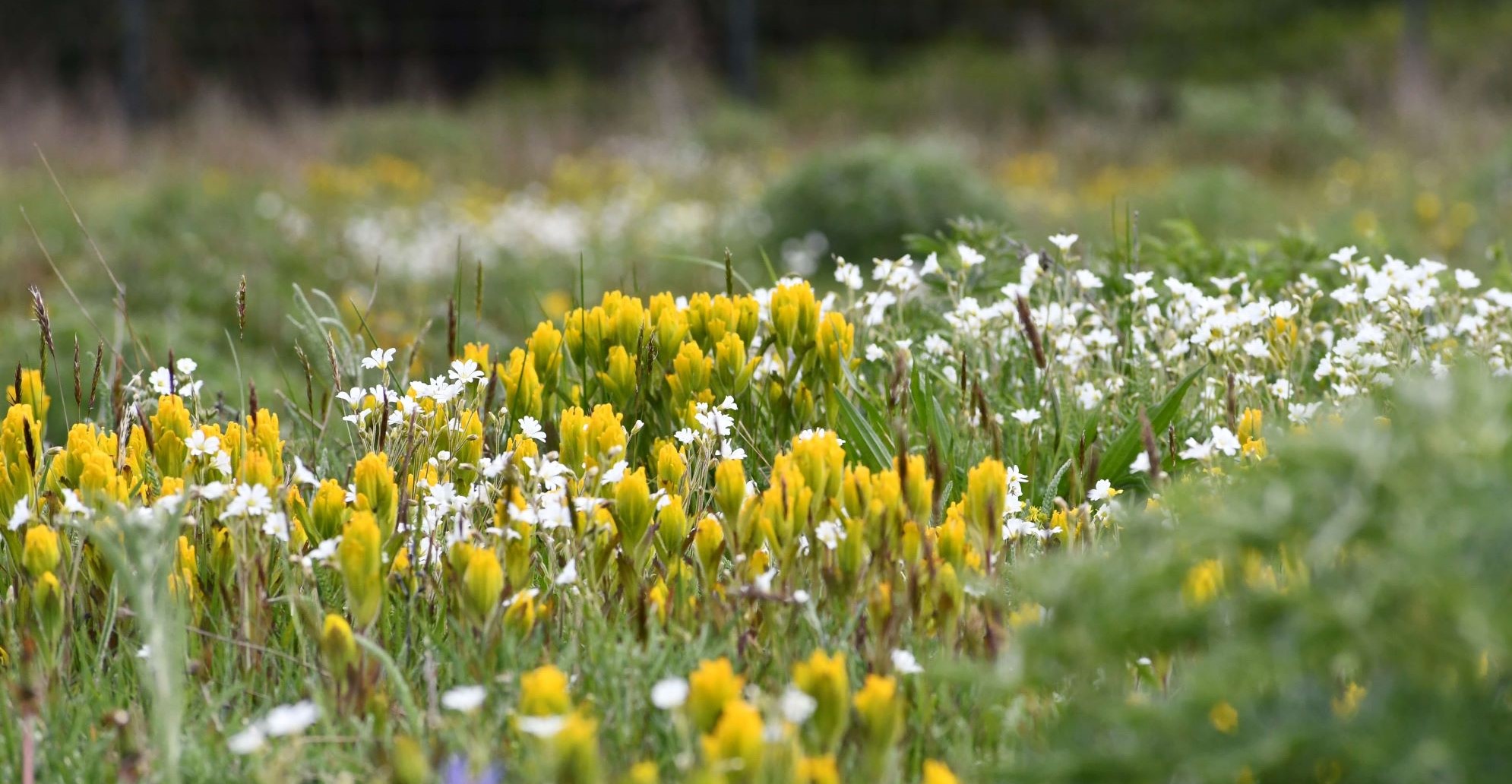It’s no small feat to recover a species, and in the past few years, the U.S. Fish and Wildlife Service delisted three prairie-dependent species and downlisted one in the Pacific Northwest. The recovery of each species, the Nelson’s checker-mallow (Sidalcea nelsoniana), the Fender’s blue butterfly (Icaricia icarioides fenderi), the Bradshaw’s lomatium (Lomatium bradshawii), and the Golden paintbrush (Castilleja levisecta), reflects a culmination of years of efforts and active management of prairie landscapes.
Restoration techniques vary but often involve reinstilling disturbance to the landscape, reducing fragmentation, and working with landowners to develop management plans that benefit both prairies and people. The recovery of these four species represents significant progress made on the U.S. Fish and Wildlife Service’s 2010 ‘Recovery Plan for the Prairie Species of Western Oregon and Southwestern Washington’.
Take a break from your day to learn more about four species thriving thanks to habitat restoration in the Northwest.
Nelson's checker-mallow
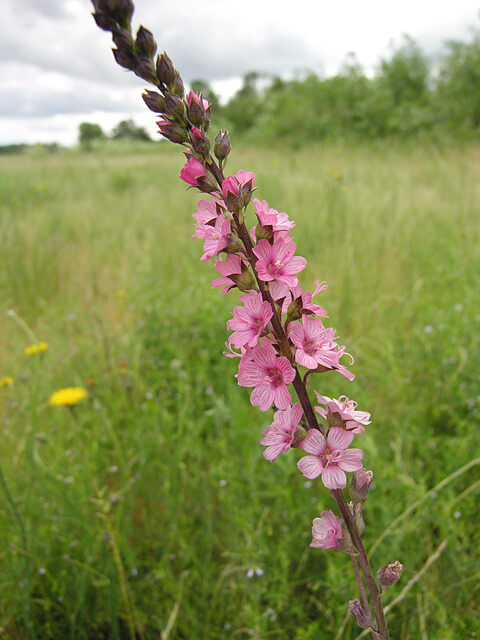
With bright purple-pink blossoms sprouting from tall stems, the Nelson’s checker-mallow is one of the Northwest’s wildflower delights. The species typically blooms from May to June in both wet and dry prairies. Habitat loss driven by agricultural and urban development, seed predation, and exclusion due to invasive species have driven declines in this species. In 1993, the plant was added to the Federal list of Endangered and Threatened Species.
Years of habitat improvements and management, including active burning and mowing, thorough seeding and planting of the species, invasive species control, and outreach to landowners in the Willamette Valley have helped the checker-mallow rebound. In October, the plant was officially removed from the Federal list of Endangered and Threatened species. It is now found at over 50 locations within its habitat, with 30 independent populations actively managed and over 60 known habitat sites in conservation.

Fender’s blue butterfly
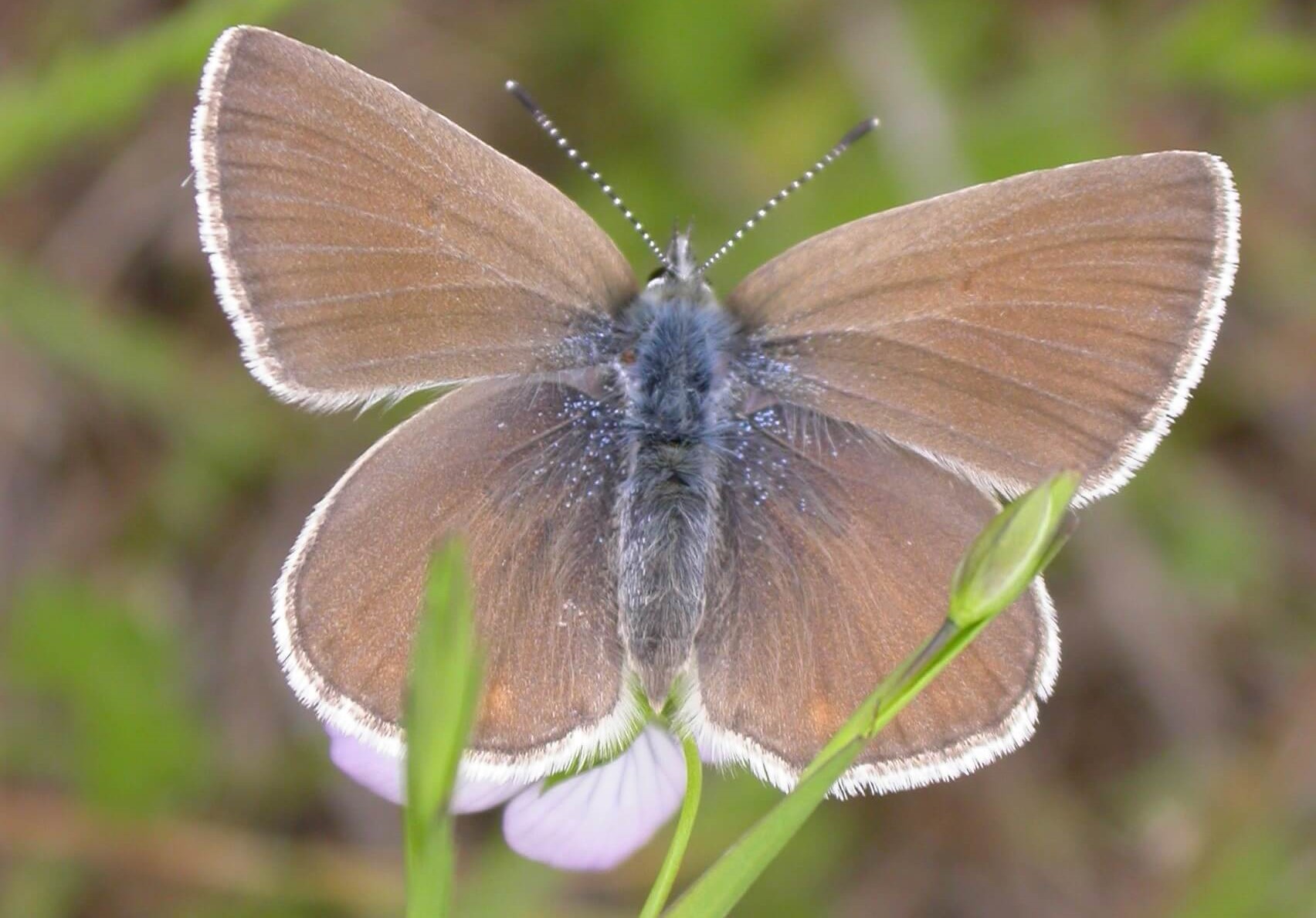
If you’ve ever spent time in the prairies of northwest Oregon in the summer and caught a glimpse of something small and pale blue fluttering around, you may have been lucky enough to spot a Fender’s blue butterfly.
Endemic to the Willamette Valley, the tiny species is about an inch long and occurs at only 30 sites. They rely heavily on low-growing lupine species like the Kincaids lupine to reproduce. Like the butterfly, the lupine also faces threats from habitat fragmentation, invasive species, and urban development. A combination of habitat loss and loss of food and oviposition sources led to significant declines in the Fender’s butterfly populations.
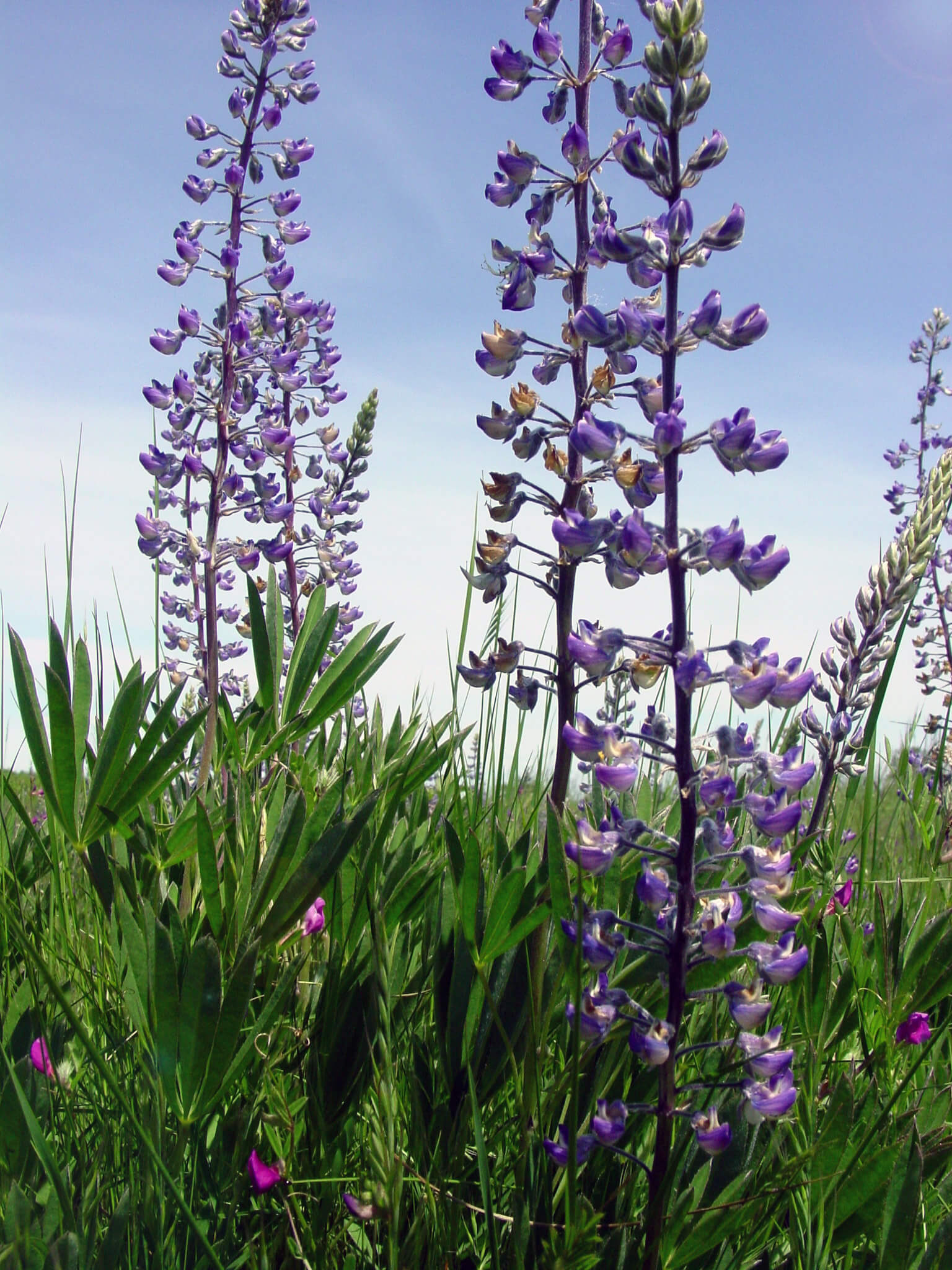
Management efforts have focused on replicating natural habitat disturbance through mowing and prescribed fire to encourage native lupine growth. Further efforts include seeding lupines and native flowers, which provide oviposition, nectar, and food sources for pollinators like the butterfly.
Together, these efforts have resulted in the Fender’s blue butterfly inhabiting twice as many acres as in 2000, increasing its range from four to six counties in northwest Oregon, leading to its reclassification from Endangered to Threatened.
This accomplishment is a step towards recovery of the species and a result of significant collaborative efforts between state and federal agencies, private landowners, conservation organizations, non-profits, and more.
Bradshaw’s lomatium
From the early 1940s to 1970s, limited observations and collections of Bradshaw’s lomatium led many to believe it had gone extinct. However, by the 1980s 11 populations totaling ~25,000 individuals were re-discovered in the Willamette Valley, resulting in the species protection under the Endangered Species Act in 1988. At the time, its main threats were habitat loss and competition from invasive woody plant species. Thankfully, the species' rediscovery and subsequent listing spurred a 30-year recovery effort resulting in its recovery and removal from the Endangered Species List in 2021.
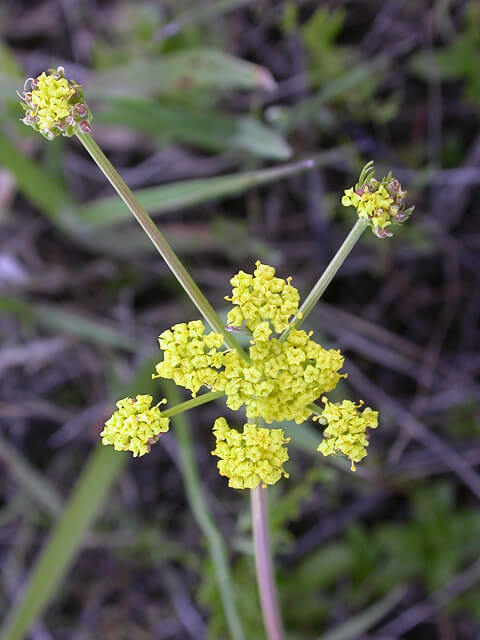
Also known as Bradshaw’s desert parsley, this low-growing perennial species is recognized by its small, flat-topped yellow flowers and long, slender taproots. The plant occurs in wet prairie habitats with clay substrates, consistent hydrology, and high light, with most populations located in seasonally flooded prairies. The species thrives under consistent disturbance from fire and grazing, which reduce both woody plant encroachment and seed-eating rodent presence.
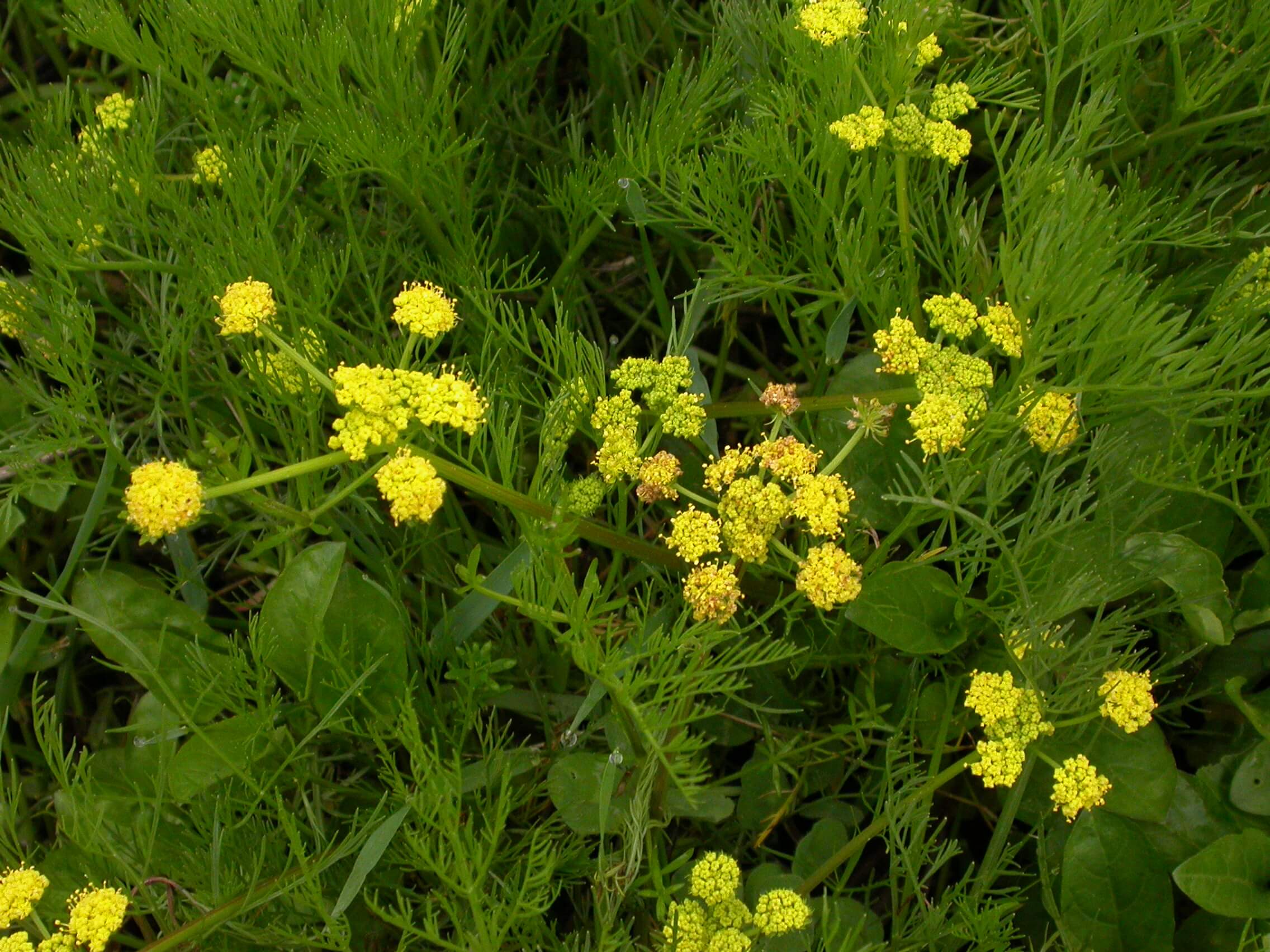
Recovery efforts over the last 30 years included nonprofit groups, federal agencies, and private landowners who worked together to understand the ecology of the species, and effective methods for propagation, reintroduction, and habitat recovery. Biologists found that both propagation in greenhouses for outplanting, and seeding of existing populations were successful in supporting population growth. They also found a lack of fire contributed to reduced population size.
This new information, paired with the removal of woody plants and invasive species, and the protection and restoration of wet prairie habitats contributed to the species recovery. As of 2021, combined efforts resulted in population growth to an estimated 500,000 individuals across 23 populations and 69 sites across its historical range, in addition to ~10.8 million individuals found in southwestern Washington.
Golden paintbrush
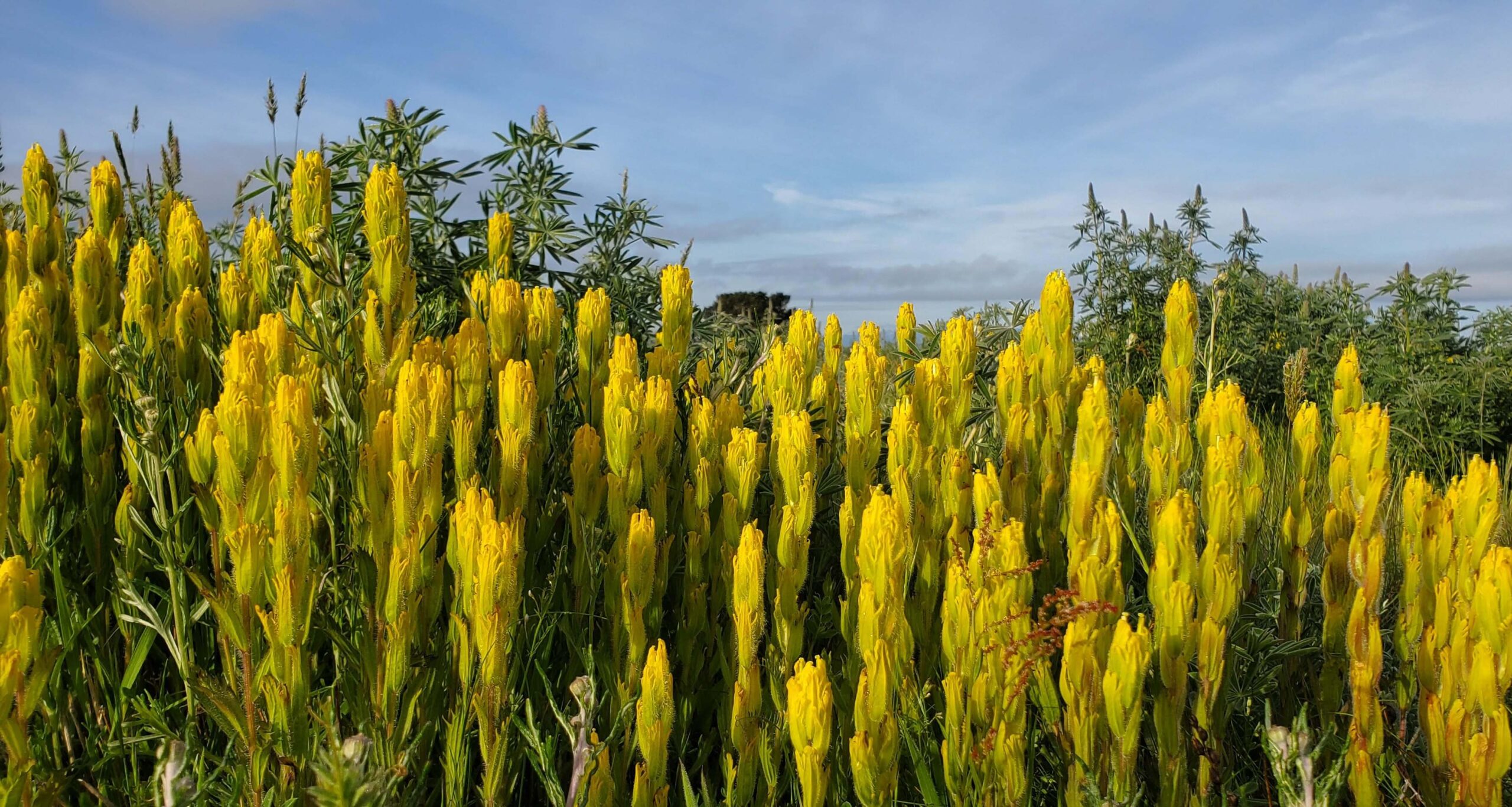
The Golden paintbrush was once a rare sight among the Pacific Northwest prairies. When it was listed as Threatened in 1997, there were only ten populations and fewer than 20,000 individual plants. At that time, there were no remaining populations in the Willamette Valley and shrinking, isolated populations in Washington’s prairies.
With its bright yellow blooms, Golden paintbrush is easily identified on the landscape. It thrives in open grasslands and prairies with frequent natural disturbance from animals and fire. In addition to declines due to a lack of natural disturbance, the species experiences threats from deer and rabbit herbivory, competition from woody shrubs shading out plants, and overall habitat loss.
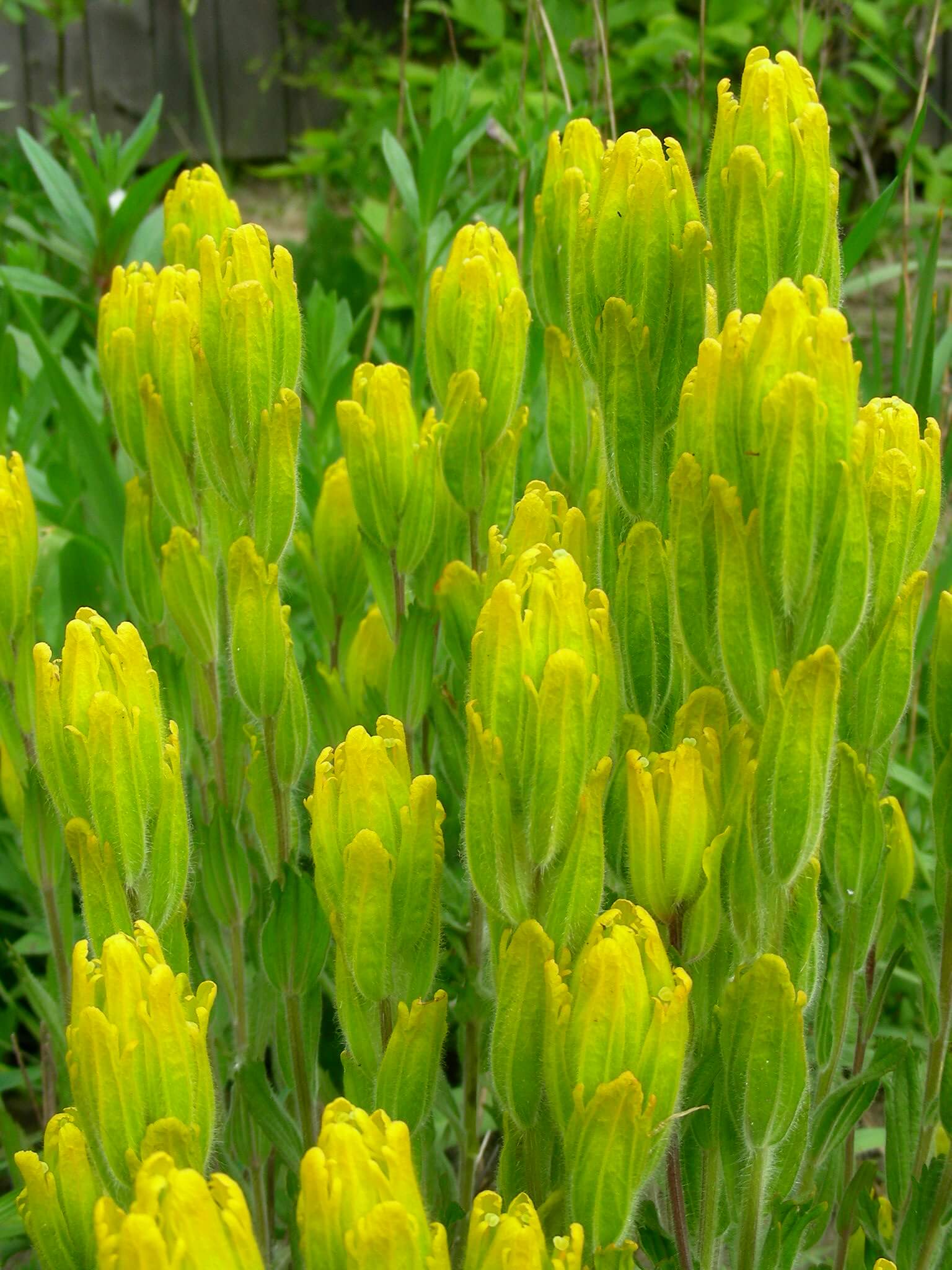
Conservation efforts for this species involved a process of trial and error, with attempts to propagate the species before outplanting them. However, habitat degradation and competition from invasive species prevented the plants from surviving. This led biologists to focus on habitat restoration first, treating different plots of land with combinations of burning, mowing, herbicides, and solarization to control invasive species and improve habitat conditions.
After a few years, biologists found that controlled burning and selective herbicide application successfully improved habitat quality and promoted Golden paintbrush growth. Within three years of this discovery, the team had restored the habitat for and grown over 250,000 golden paintbrush plants. And now, after being delisted from the Federal List of Endangered and Threatened Plants, the species is thriving with over 325,000 plants at 48 locations in Oregon and Washington.
Springing into the future
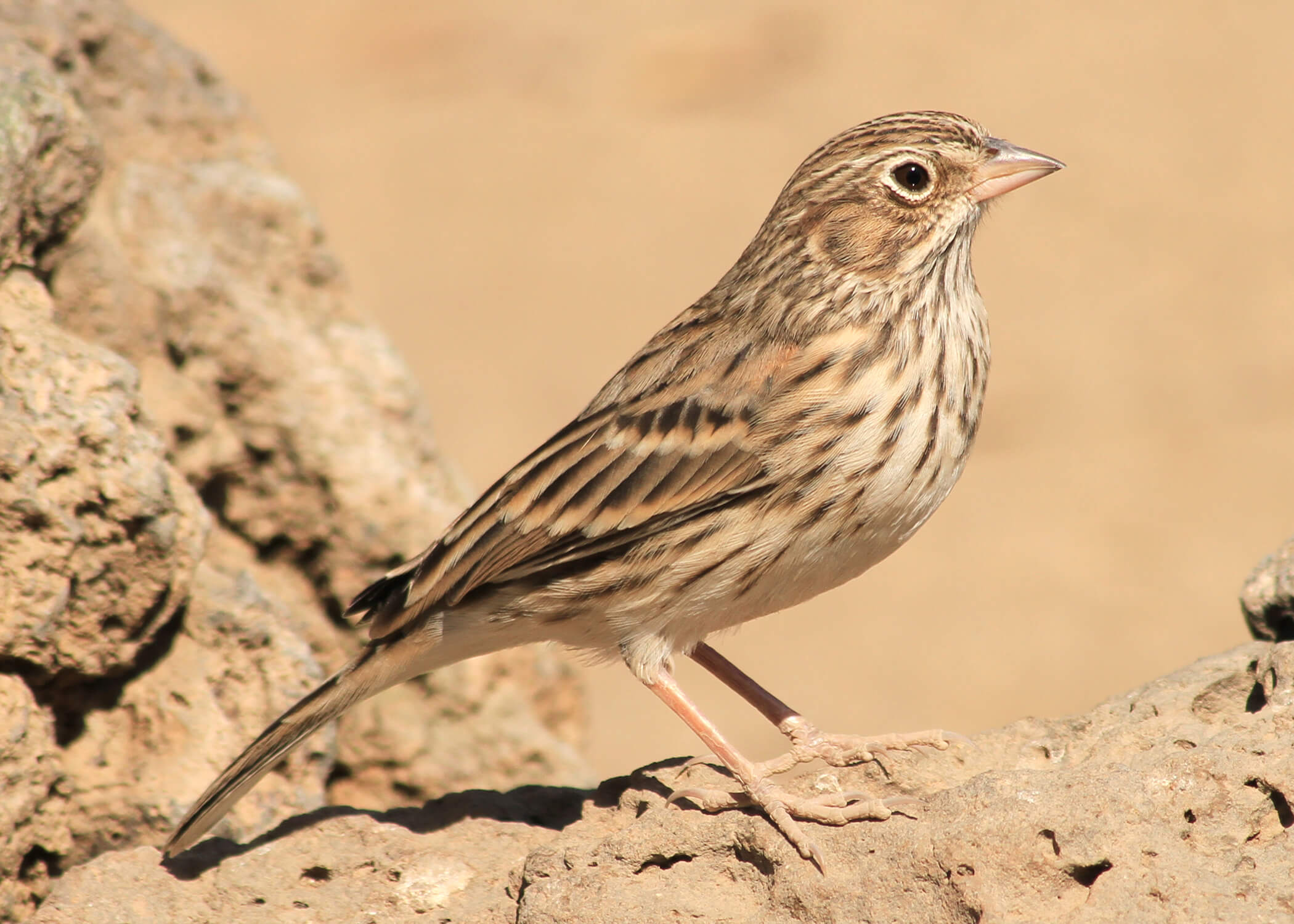
Despite these successes, threats to these species and prairie landscapes remain. Thankfully, collaborative efforts are ongoing to maintain the four species and the habitats they depend on. Restoration benefits the entire ecosystem and a swath of other prairie-reliant native species, including but not limited to Kincaid’s lupine, the Oregon vesper sparrow, and Taylor’s checkerspot.
A new Prairie, Oaks, and People plan, set to be released in early 2024, aims to define how state and federal agencies, Tribes, conservationists, and community partners can direct investments in oak and prairie conservation to have the most significant impact over the next ten years. The conservation successes and recent species rebounds serve as a beacon of hope for the future of prairie landscapes and reflect what is possible when a diverse set of partners work towards a shared vision.
